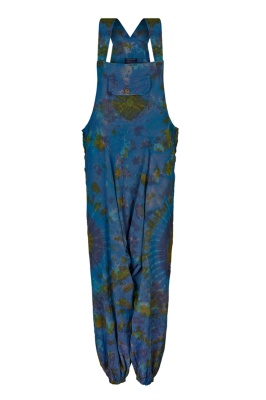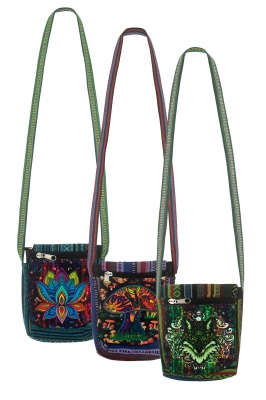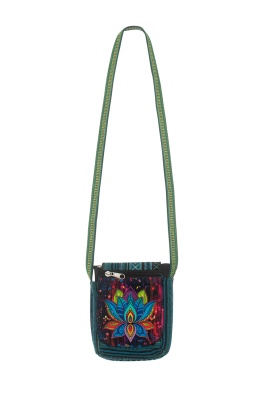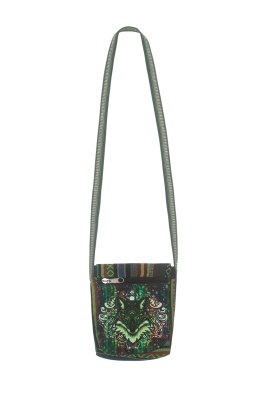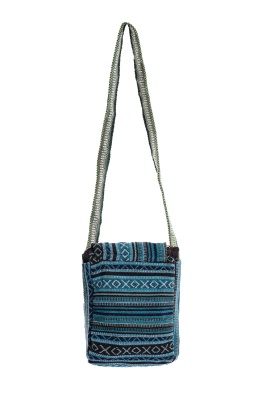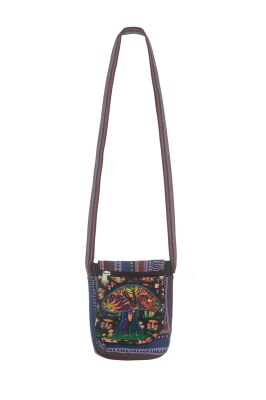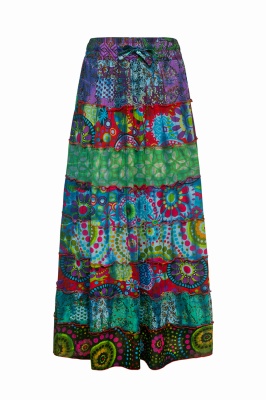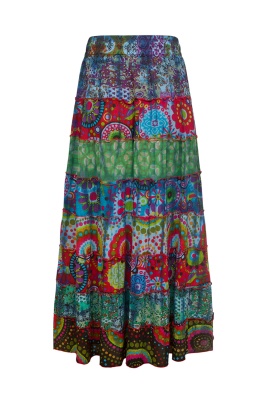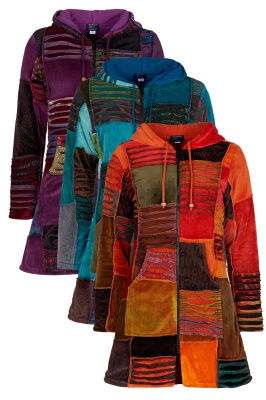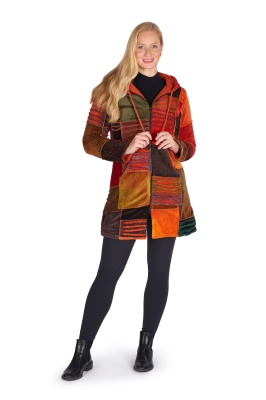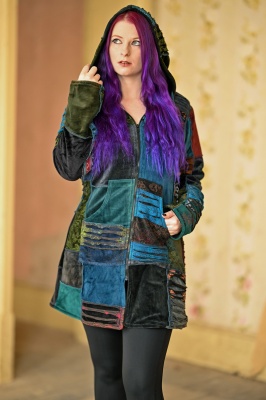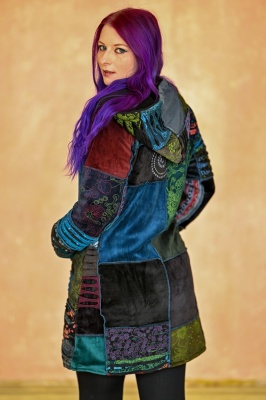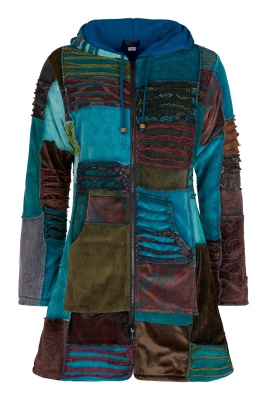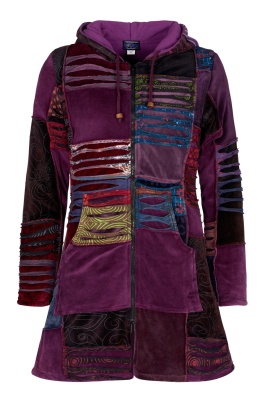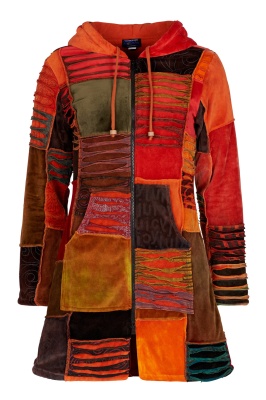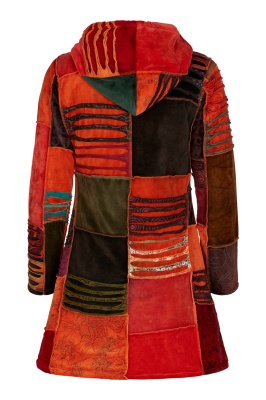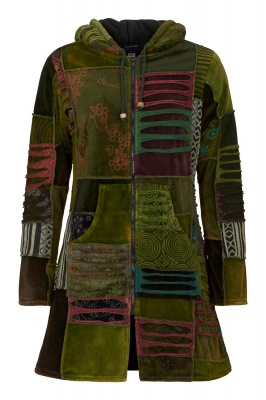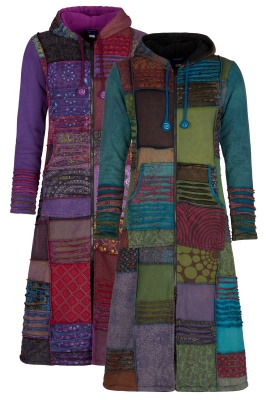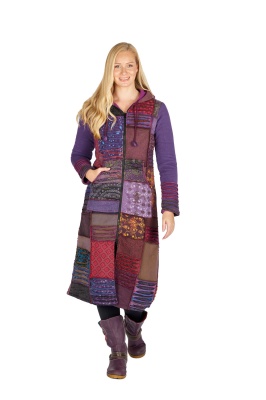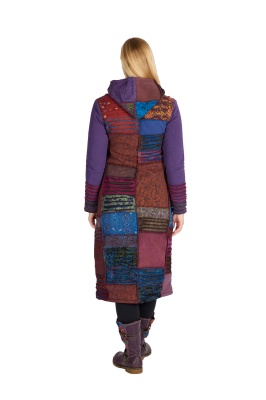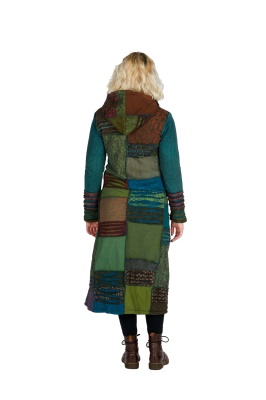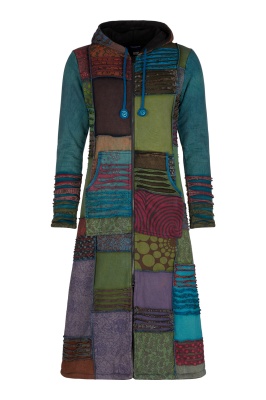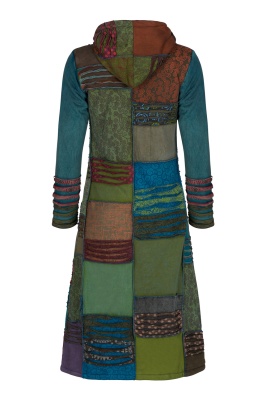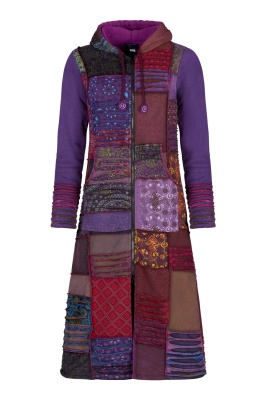The beautiful, meaningful Mandala symbol – What's it all about?
You'll have noticed how lots of our lush alternative clothing features the Mandala symbol, a beautiful patterned circle with all sorts of cool symbolism behind it. Here's what the Mandala means for various people around the world.
What is a Mandala?
A Mandala is a ritual and spiritual symbol in Hinduism and Buddhism. It represents the universe, a microcosm of the place that created us and nurtures us. The meaning of mandala comes from the Sanskrit for 'circle', and most Mandalas are circular. In fact they're made up of beautiful concentric circles. Mandalas symbolise unity and harmony, and the deeper meaning of each one depends on its colour, the culture it came from, and the geometric elements it features. The circular shape reflects the idea that life is never ending, and everything is connected.
How is it used?
A mandala is often used as a tool along to help a person with their spiritual journey, symbolising good cosmic organisation and good psychic order. Harnessed by Buddhism and Hinduism, the Australian Aboriginals, even the Hopi people, it's a symbol that's been close to mankind's heart for a very, very long time. It was even used by the psychiatrist Carl Jung in his work with clients, because when they focused on it he noticed they experienced higher levels of consciousness, better able to come to terms with their true potential and more likely to become spiritually whole. In his opinion focusing on a Mandala led to greater awareness in an individual about life and the spirit.
As a symbol of unity, eternity, wholeness and perfection, Hindus and Buddhists use the Mandala to denote everlasting life, a kind of cosmic diagram revealing the structure of life, emphasising the importance of the inner world we all experience quietly inside, and the outer world. The sun, moon and earth are all circular, after all, as are the conceptual circles made by your family, friends, and wider community.
Some Mandalas are group Mandalas, others individual. Every one has its own meaning and purpose, but they can almost all traced back to Tibetan Buddhists, representing the purity and sacred nature of existence as shown by the Buddha himself. These vivid, complex symbols are packed with vibrant detail and rich colours, tapping directly into cosmological Hindu and Buddhist traditions, and some are symbolic of Hindu deities like Ganesha and Saraswati.
How to use a Mandala for meditation
Many people still use the Mandala symbol to aid meditation and bring about profound inner transformations. Choose a Mandala that you like, one that you find the most beautiful. Focus on the thing or things you want to bring into your life and take in the beauty of your chosen Mandala slowly, simple gazing at it and absorbing its loveliness. Whenever you start getting distracted by the outside world, bring your focus back to its beauty and let your attention absorb it, disappearing into the complex design as you feel more and more relaxed.
You'll eventually experience a feeling of great lightness. Let yourself float with it, and keep focusing on the Mandala. Start off with a 5 minute meditation and work your way upwards to 15 minutes for relaxation so profound it feels like you've just woken up from a good, long, deep sleep.
Original and new uses of the symbol
Used in the traditional sense, the ancient Mandala helps people regain focus, renew confidence and improve concentration through a better, deeper connection with the self. These days, though, the Mandala symbol is equally likely to be a symbol of a Bohemian lifestyle, a symbol of rebellion, of difference. And that's why it appears, loud and proud, on so much of our gorgeous alternative clothing.
Find gorgeous alternative clothes with mandala symbols
If you want to enjoy the magic of the Mandala, just use the search box at the top right of any Wicked Dragon site page and search for 'Mandala'. Wow, what a collection!

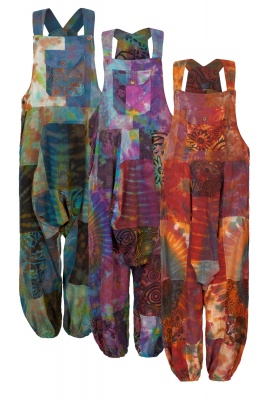
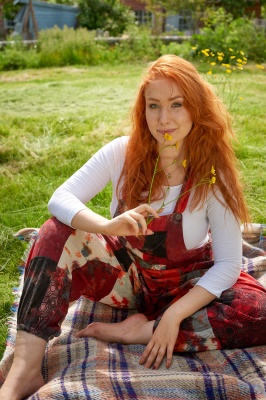
.jpg)
.jpg)
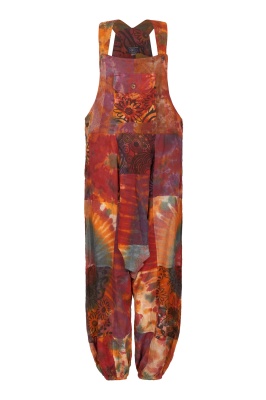
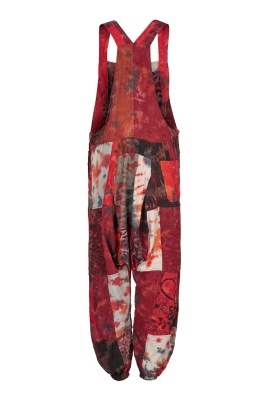
.jpg)
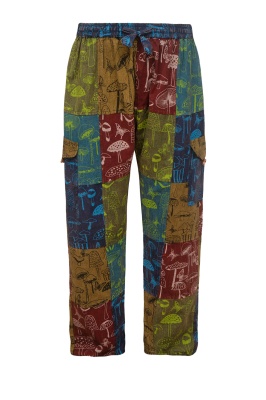
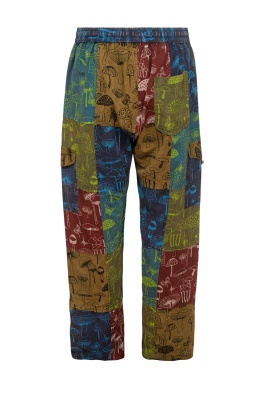
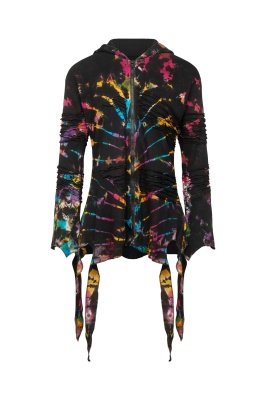
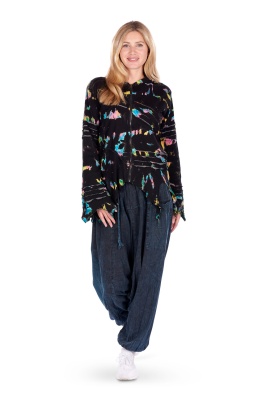
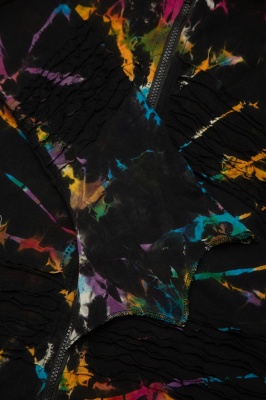
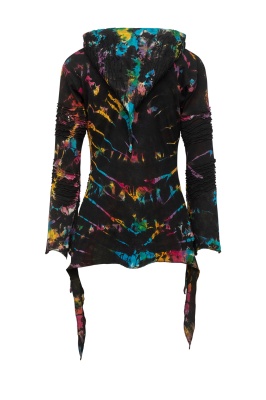
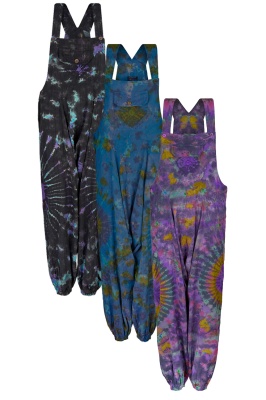
.jpg)
.jpg)
.jpg)
